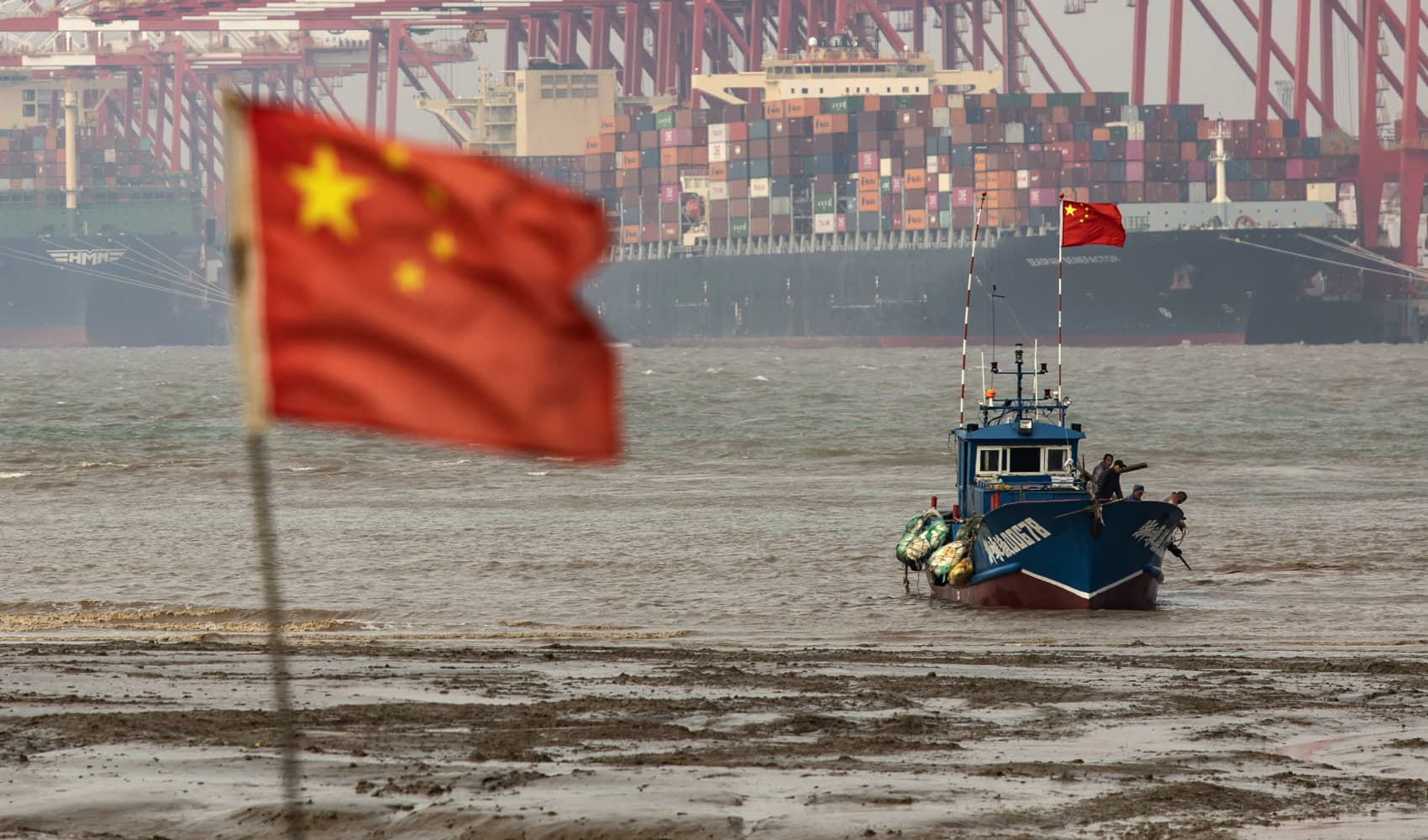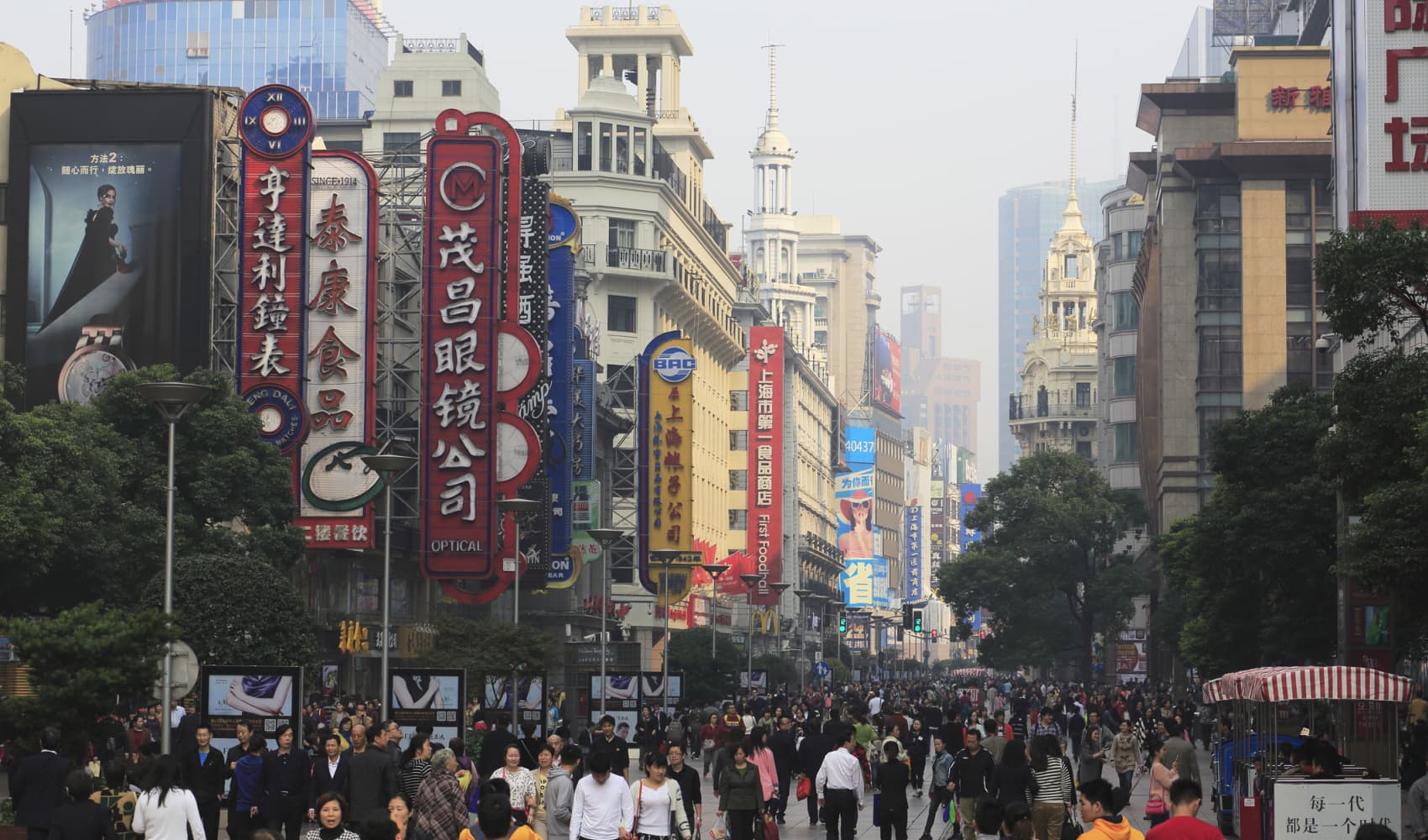Asia-Pacific Markets Mixed: China's Promises Examined
Asia-Pacific Markets: A Tale of Two Economies? China's Promises Meet Investor Skepticism
Introduction: Navigating the Shifting Sands of Asia-Pacific Markets
Ever feel like you're watching a high-stakes chess match where the players are giant economies? That's pretty much what the Asia-Pacific markets feel like these days. We're seeing a mixed bag of results, with some countries surging ahead while others are… well, let's just say they're "assessing." The main storyline revolves around China's recent pledges of support for its domestic industries and the ongoing developments in U.S. trade negotiations with various countries in the region. Is China's promise a golden ticket or just another piece of paper? Let's dive in and find out!
China's Economic Pledge: A Lifeline or a Mirage?
Decoding Lan Fo'an's Statement
Over the weekend, China's finance minister, Lan Fo'an, dropped a rather significant statement. He said China would "adopt more proactive macroeconomic policies to promote the realization of the expected growth target for the whole year and continue to bring stability and momentum to the global economy." Sounds promising, right? But what does it *actually* mean? Is this just political rhetoric, or are we about to see some concrete action? Investors are understandably cautious, waiting to see if these words translate into tangible economic boosts.
The CSI 300: A Slight Dip in Optimism
The Mainland China’s CSI 300 index ended the day 0.14% lower at 3,781.61. This subtle dip could indicate that while investors acknowledge the promise, they're not entirely convinced – at least not yet. Imagine it like ordering a pizza; you're excited for it, but you won't celebrate until it's actually at your door and you've taken that first, glorious bite.
Hang Seng's Flat Performance: A Holding Pattern
Hong Kong’s Hang Seng Index closed flat at 21,973.24. A flat close often signifies a period of uncertainty or indecision. Investors in Hong Kong seem to be in a holding pattern, carefully watching the developments in mainland China and waiting for more clarity before making any significant moves. It’s like waiting for the traffic light to turn green before hitting the gas.
India's Bull Run: A Bright Spot in the Region
Nifty 50 and Sensex Surge: Confidence in the Indian Economy
India is telling a different story altogether. The Nifty 50 rose 1.23%, and the broader BSE Sensex gained 1.31%. This bullish performance suggests that investors are feeling confident about the Indian economy. Perhaps India is benefiting from a diversification of investment away from China.
Factors Fueling India's Growth
What's driving this growth? Several factors could be at play, including strong domestic demand, government reforms, and a growing tech sector. Think of it as a perfect storm of positive economic forces working in India's favor. India's economic fundamentals seem to be stronger and more stable than other markets in the region. This stability creates confidence in the Indian markets and attracts investors looking for safe and reliable returns.
Japan: The Land of the Rising... What Exactly?
The Yen's Role in Market Dynamics
(Content truncated from source but we can imagine the article would continue with details about Japan.) Let's not forget Japan. The performance of the Yen always adds a layer of complexity to the regional picture. A weaker Yen can boost exports, but it also raises import costs. Are Japanese companies benefiting from the weaker currency, or are they feeling the pinch of higher input prices? It's a balancing act, and the markets are constantly reevaluating the situation.
BOJ's Monetary Policy: A Constant Source of Speculation
The Bank of Japan's (BOJ) monetary policy decisions are always under scrutiny. Will they stick to their ultra-loose monetary policy, or will they eventually start to tighten? Any hint of a policy shift can send ripples through the markets. It's like a tightrope walker trying to maintain balance in a strong wind – any small adjustment can have significant consequences.
The U.S. Factor: Trade Negotiations and Geopolitical Tensions
Trade Talks: A Make-or-Break Scenario
The ongoing trade negotiations between the U.S. and various countries in the Asia-Pacific region are a major wildcard. A positive outcome could boost investor sentiment, while a breakdown could trigger a sell-off. It's like waiting for the verdict in a high-profile court case – the outcome is uncertain, and the stakes are high.
Geopolitical Risks: Navigating Troubled Waters
Geopolitical tensions in the region are also a cause for concern. Any escalation of tensions could disrupt trade flows and dampen economic growth. Investors are constantly monitoring the situation, trying to assess the potential risks. It's like navigating a ship through mine-infested waters – you need to be constantly vigilant and prepared for the unexpected.
Sector Performance: Winners and Losers
Tech Stocks: Riding the Wave of Innovation
The tech sector is often a leading indicator of economic growth. Companies involved in artificial intelligence, cloud computing, and e-commerce are likely to continue to thrive. But which specific companies are best positioned to capitalize on these trends? That's the million-dollar question that investors are trying to answer.
Energy Sector: Dependent on Global Demand
The energy sector is closely tied to global economic growth. A strong global economy typically leads to higher demand for energy, which benefits oil and gas companies. However, concerns about climate change and the transition to renewable energy sources are also weighing on the sector. It's a sector facing both opportunities and challenges.
Financial Services: A Mixed Outlook
The financial services sector is influenced by interest rates, regulatory changes, and the overall health of the economy. Banks and insurance companies are facing increased competition from fintech companies. The sector is undergoing a period of significant disruption.
Currency Fluctuations: A Double-Edged Sword
Impact on Exports and Imports
Currency fluctuations can have a significant impact on exports and imports. A weaker currency can make exports more competitive, but it also makes imports more expensive. Companies need to carefully manage their currency exposure to mitigate the risks.
Hedging Strategies: Protecting Against Volatility
Companies can use hedging strategies to protect themselves against currency volatility. Hedging involves taking positions in the currency markets that offset the potential losses from currency fluctuations. It's like buying insurance to protect your assets.
Investor Sentiment: A Key Driver of Market Movements
The Role of Fear and Greed
Investor sentiment plays a crucial role in driving market movements. Fear and greed can often lead to irrational behavior. Investors need to be disciplined and make decisions based on sound analysis, not just emotions.
Sentiment Indicators: Gauging Market Mood
There are various sentiment indicators that investors can use to gauge market mood. These indicators include the VIX (Volatility Index), the put/call ratio, and surveys of investor confidence. These indicators can provide valuable insights into the prevailing market sentiment.
Long-Term Trends: Shaping the Future of Asia-Pacific Markets
Demographic Shifts: Opportunities and Challenges
Demographic shifts, such as aging populations and urbanization, are creating both opportunities and challenges for the Asia-Pacific region. Companies need to adapt to these changes to remain competitive. This may mean innovating new products or reaching new demographics.
Technological Advancements: Driving Innovation
Technological advancements are driving innovation across all sectors of the economy. Companies that embrace new technologies are likely to outperform those that don't. AI and Automation will transform the Asia-Pacific economy.
Conclusion: Navigating the Uncertainties
Key Takeaways and Future Outlook
So, what's the big picture? Asia-Pacific markets are currently in a state of flux. China's promises of support are being met with cautious optimism, while India's strong performance is offering a beacon of hope. Trade negotiations and geopolitical tensions add further layers of complexity. Navigating these uncertainties requires careful analysis, a long-term perspective, and a healthy dose of skepticism. The key to success is staying informed, adapting to change, and focusing on fundamentally sound investments.
Frequently Asked Questions (FAQs)
- What are the key risks facing Asia-Pacific markets in the next year?
Geopolitical tensions, potential trade wars, and a slowdown in global economic growth are the primary risks. Interest rate hikes by central banks could also impact market performance.
- How can investors protect themselves from market volatility?
Diversification, hedging strategies, and a long-term investment horizon are effective ways to mitigate the risks of market volatility. Consider consulting with a financial advisor to develop a personalized investment plan.
- Which sectors are expected to perform well in the Asia-Pacific region?
The technology, healthcare, and renewable energy sectors are expected to outperform in the long term, driven by innovation, demographic shifts, and growing demand for sustainable solutions.
- What impact will China's economic policies have on the region?
China's economic policies will have a significant impact on the region, particularly on countries that are heavily reliant on trade with China. Any slowdown in China's economy could negatively affect these countries.
- Is now a good time to invest in Asia-Pacific markets?
While there are risks, Asia-Pacific markets offer significant long-term growth potential. Investors should carefully assess their risk tolerance and investment goals before making any investment decisions. Consider investing in a diversified portfolio of Asian stocks and bonds.





